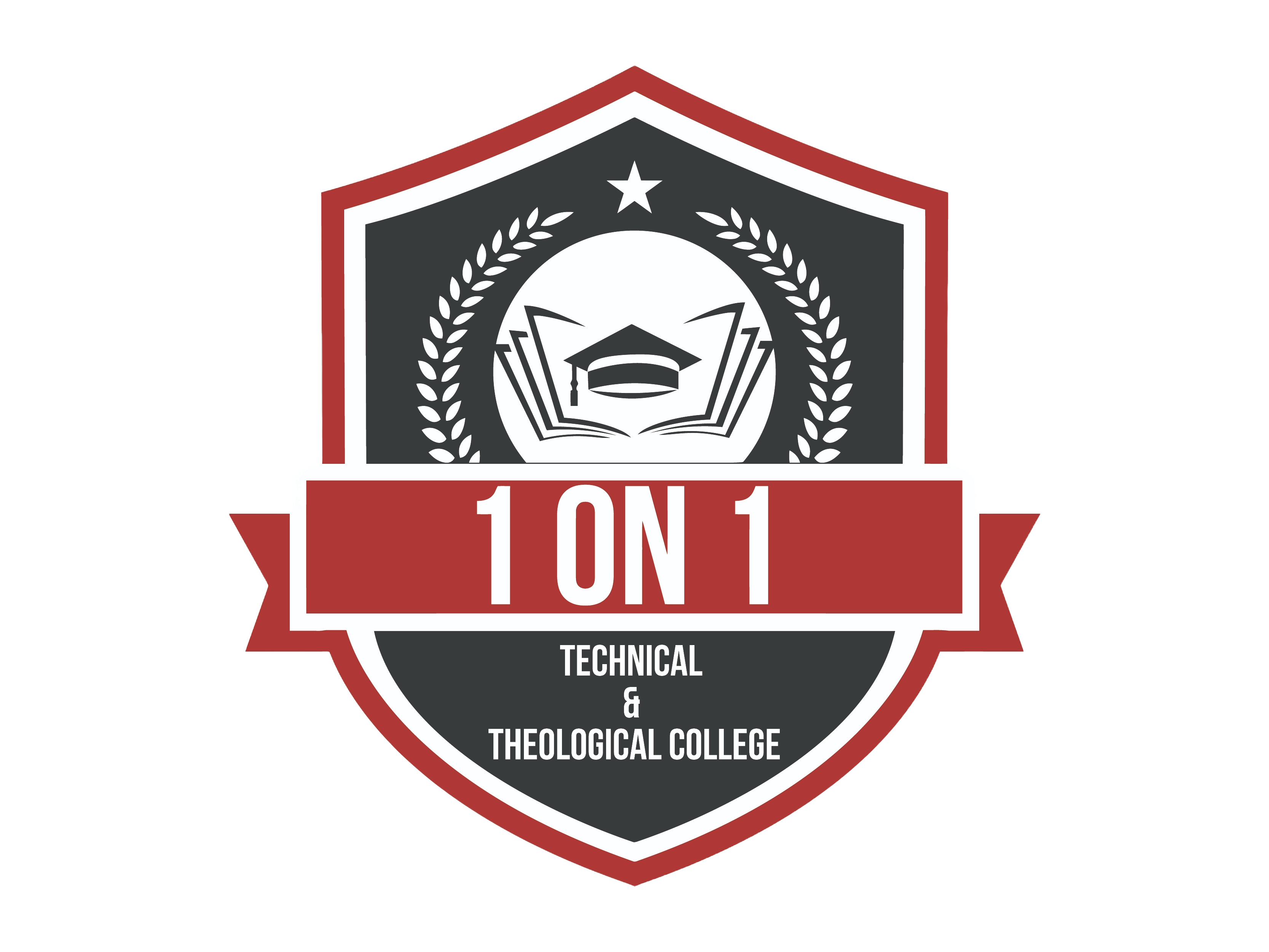Science
Earth Science (MS)
Recommended Grade: 7
Unit 1: The Nature of Science
Why Is Science Important?
Investigate and Communicate
Unit 3: Earth’s Rocks and Minerals
Minerals, Crystals, and Gems
Identifying Rocks and Minerals
Unit 4: Earth’s Changing Landscape
Continental Drift and Plate Tectonics
Unit 5: Water, Water, Everywhere!
Unit 6: Earth’s Atmosphere
Heat Transfer in the Atmosphere
Circulation in the Atmosphere
Effects of Air Pollution on the Environment
Unit 7: Weather or Climate… What’s the Difference?
What Factors Determine the Climate?
Unit 8: Earth’s Resources
Renewable vs. Nonrenewable Resources
Human Impact on Resources
Astronomy (MS)
Recommended Grade: 7
Unit 1: The Nature of Science
Why Is Science Important?
Investigate and Communicate
Unit 2: The Earth-Moon-Sun System
NEW: Earth’s Movement Through Space
Unit 3: The Solar System
NEW: The Solar System Through the Ages
Gravity: The Main Attraction
Small Bodies / Big Impacts
Unit 4: The Universe, Galaxies, and Stars
Structure of the Universe
The Milky Way Isn’t Just a Candy Bar
Supernovas and Black Holes
Unit 5: Exploring Space
From Sputnik to Mars: The Great Space Race
Life Science (MS)
Recommended Grade: 7 – 8
Unit 1: The Nature of Science
Organizing and Analyzing Results
Unit 3: Cellular Processes
Unit 5: Diversity of Life
Taxonomy – Classifying Life
Unit 6: Body Systems
The Musculoskeletal System
Unit 7: Ecology
Intro to Ecology: The Biosphere
Ecological Sustainability
Integrated Physics & Chemistry
Recommended Grade: 9
Unit 1: Intro to Chemistry
Metric System Conversions
Mass, Volume, and Density
NEW Lab: Measuring Density
Unit 1 Review and Assessment
Unit 2: Atoms, Elements & The Periodic Table
Building an Atom – PhET Simulation
Organization of the Periodic Table
Unit 2 Review and Assessment
Unit 3: States & Properties of Matter
States of Matter – PhET Simulation
Physical and Chemical Properties
Physical and Chemical Changes
Unit 3 Review and Assessment
Unit 4: Bonding
Ionic Bonding and Ionic Compounds
Covalent Bonding and Molecules
Molecule Shapes – PhET Simulation
Water and Polar Molecules
Metals and Metallic Bonding
Unit 4 Review and Assessment
Unit 5: Chemical Reactions
Balancing Chemical Equations
Balancing Equations – PhET Simulation
Unit 5 Review and Assessment
Unit 6: Acids, Bases & Solutions
Concentration and Molarity
Properties of Acids and Bases
Neutralization Reactions and pH
NEW Lab: Cabbage Juice Indicator
Unit 6 Review and Assessment
Unit 7: Objects in Motion
Graphing Velocity and Acceleration
Kinetic and Potential Energy
Unit 8: Forces
Getting to Know Isaac Newton
Orbiting and Weightlessness
Unit 9: Fluids
Build a Boat and Paper Airplane
Unit 11: Electricity & Magnetism
Introduction to Electricity and Magnetism
NEW Lab: Build an Electromagnet
Unit 12: Waves
The Electromagnetic Spectrum
Interactions of Light Waves
Unit 13: Introduction to Modern Physics
Biology
Recommended Grade: 9 – 10
Unit 1: Foundations of Biology
What Is Biology? Five Key Themes
How Do We Know What’s Alive?
The Scientific Method Part 1
The Scientific Method Part 2
Introduction to Evolution and Diversity
Why Is Science Important?
Unit 2: Chemistry of Life
Introduction to Chemistry of Life
Matter, Atoms, and Elements
Molecules and Chemical Reactions
Biological Importance of Water
Biological Importance of Carbon
Unit 3: Cellular Structure and Function
Introduction to Cellular Structure and Function
Eukaryotic Cells: Animals
Unit 5: Molecular Genetics
Intro to Molecular Genetics
DNA, RNA, and Chromosomes
Transcription: DNA to RNA
Translation: RNA to Protein
Unit 6: Genetics & Heredity
Intro to Genetics and Heredity
Mendel’s Laws of Inheritance
Non-Mendelian Inheritance
Unit 7: Evolution
Natural Selection – PhET Simulation
Unit 8: Biological Diversity
Plant Structure and Function
Unit 10: Human Body Systems
Skeletal and Muscular Systems
Circulatory and Respiratory Systems
Digestive and Excretory Systems
Unit 11: Ecology
Energy Flow in Ecosystems
Levels of Ecological Organization
Environmental Science 1
Recommended Grade: 9 – 12
Unit 1: Introduction to Environmental Science
Welcome to Environmental Science!
Unit 1 Review and Assessment
Unit 2: Ecology
The Organization of Living Things
Biotic and Abiotic Factors
Energy Flow in Ecosystems
Unit 2 Review and Assessment
Unit 3: The Geosphere
Unit 3 Review and Assessment
Unit 4: The Hydrosphere
Unit 4 Review and Assessment
Unit 5: The Atmosphere
What’s in Our Atmosphere?
Heat Transfer in the Atmosphere
Unit 5 Review and Assessment
Unit 6: The Biosphere
Exploring the Denali Boreal Forest
Exploring the Amazon Rainforest
Exploring the Eastern Mongolian Steppes
Exploring the Sonoran Desert
Exploring the Arctic Tundra
Exploring the Great Barrier Reef
End-of-Course Review and Assessment
Chemistry
Recommended Grade: 10 – 11
Unit 1: Atomic Structure (REVISED 2024)
Welcome to Chemistry! REVISED
Discovery of the Electron REVISED
Discovery of the Nucleus REVISED
Scientific Notation REVISED
Intro to Bohr’s Model of the Atom REVISED
Quantum Model of the Atom REVISED
Welcome to the Periodic Table! REVISED
Deeper Into the Periodic Table REVISED
Intro to Electron Configuration REVISED
Electron Configuration and the Periodic Table REVISED
Valence Electrons REVISED
Trends on the Periodic Table REVISED
At-Home Lab: Models of the Atom REVISED
Review: The Periodic Table and Electrons REVISED
Unit 2: Isotopes and Nuclear Reactions (REVISED 2024)
PhET: Isotopes and Atomic Mass REVISED
Radioactive Isotopes’ Half-Lives REVISED
At-Home Lab: Modeling Isotopes and Nuclear Reactions REVISED
Review: Isotopes and Nuclear Reactions REVISED
Unit 3: Molecules and Bonds
How to Classify Matter: Part 2
Nuclear, Chemical, and Physical Changes
Finding Charges within Ionic Compounds
More Naming Ionic Bonds (With Transition Metals)
Even More Naming Ionic Bonds (With Polyatomic Ions)
Properties of Ionic Compounds
Review: Ions and Ionic Bonds
PhET Simulation: Atomic Interactions
Review: Naming and Writing Formulas for Ionic and Covalent Compounds
How to Draw Covalent Compounds as Lewis Structures
Actually Drawing Lewis Structures
Drawing More Complex Lewis Structures
Electron Geometry (From Lewis Structures)
Molecular Geometries (From Lewis Structures)
Electron and Molecular Geometry Practice
Review: Lewis Structures and Molecular Geometries
Polar Molecules (Including Water!)
PhET Simulation: Molecular Polarity
Review: Lewis Structures, Molecular Geometry, and Polarity
Intro to Intermolecular Forces
Boiling, Melting, and Intermolecular Forces
Volatility, Evaporation, and Intermolecular Forces
At-Home Lab: Drops on a Penny
Review: Molecules and Intermolecular Forces
Unit 4: Chemical Reactions and the Mole
Intro to Chemical Reactions
A Few Types of Chemical Reactions
At-Home Lab: Kitchen Reactions
Balancing Chemical Reactions
PhET Simulation: Balancing Equations
Review: Chemical Reactions
Calculations with Sig Figs
Even More Moles Conversions
Deeper into Stoichiometry
PhET Simulation: Limiting Reactants
Deeper into Limiting Reactants
Stoichiometry and Percent Yield
More Practice with Stoichiometry and Percent Yield
Review: Stoichiometry, Limiting Reactants, and Percent Yield
Deeper into Oxidation States
At-Home Lab: Kitchen Redox
Unit 5: Solutions and Density
Intro to Conversion Factors
Using Conversion Factors to Solve Problems
Unit Conversions and SI Prefixes
Deeper into Unit Conversions and SI Prefixes
PhET Simulation: Molarity and Solutions
Molarity and Stoichiometry
Other Units of Concentration
Electrolytes and Nonelectrolytes
At-Home Lab: Kitchen Solutions
Complete, Molecular, and Net Ionic Equations
Freezing Point Depression
Unit 6: Thermochemistry
Identification by Heat Capacity
PhET Simulation: Energy Forms and Changes
At-Home Lab: Coffee Cup Calorimetry
Review: Energy and Calorimetry
Endothermic and Exothermic Reactions
PhET Simulation: Another Round of Atomic Interactions
Review: Deeper into Energy and Heat
Unit 7: Chemical Equilibrium
At-Home Lab: Equilibrium Demo
Review: Chemical Equilibrium
Unit 8: Acids and Bases
Arrhenius Acids and Bases
PhET Simulation: Acids, Bases, and pH
Bronsted-Lowry Acids and Bases
Weak and Strong Acids and Bases
At-Home Lab: (Almost!) Baking Bread
Unit 10: Gases and Their Properties
Intro to Kinetic Molecular Theory
PhET Simulation: States of Matter
Deeper into Kinetic Molecular Theory
PhET Simulation: Gas Properties
Review: Temperature and Pressure with Gases
Pressure and Volume of Gases
Pressure and Temperature of Gases
Volume and Moles of Gases
Volume and Temperature of Gases
PhET Simulation: Revisiting Gas Properties
Ideal Gas Law and Stoichiometry
Dalton’s Law of Partial Pressures
At-Home Lab: Simulating an Airbag
Physics
Recommended Grade: 11 – 12
Unit 1: What is Physics?
An Algebra Review for Physics (pt. 1)
An Algebra Review for Physics (pt. 2)
Superscripts and Subscripts
Unit 2: Acceleration, Forces, and Newton’s Laws
Unit 2 Intro: Newton’s Laws
Position and Displacement
Velocity and Acceleration Lab
Newton’s First Law and Friction
Unit 3: Kinematics in One and Two Dimensions
Position and Time in One Dimension
Velocity and Time in One Dimension
Introduction to Kinematic Equations
Solving 1D Problems With Kinematic Equations
Solving Problems With Gravity
Components of Displacement and Velocity
Introduction to Projectile Motion
Practice With Projectile Motion
Projectile Motion and the Quadratic Formula
Unit 4: Collisions
Conservation of Linear Momentum
Elastic and Inelastic Collisions
Solving Elastic Collision Problems
Solving Inelastic Collision Problems
Unit 5: Laws of Gravitation
Unit 5 Intro: Gravitation
Newton’s Law of Gravitation
Calculating Gravitational Acceleration
Gravity on Earth and Beyond
Historical Models of the Solar System
Unit 6: Energy
Ramps and Mechanical Advantage
Simple and Compound Machines
Unit 7: Thermal Physics
Unit 7 Intro: Thermal Physics
Temperature and Thermal Energy
Heat Transfer and Equilibrium
The First Law of Thermodynamics
The Second Law of Thermodynamics
Unit 8: Waves, Sound, and Light
Unit 8 Intro: Waves, Sound, and Light
Unit 9: Electricity and Magnetism
Unit 9 Intro: Electricity and Magnetism
Electric Charge and Electric Force
Electrical Potential Energy
Introduction to Electric Circuits and Diagrams
Parallel and Series Circuits
Magnets and Magnetic Fields
The Earth’s Magnetic Shield
Build an Electromagnet Lab
Motors, Generators, and Transformers
Unit 10: Modern Physics
Unit 10 Intro: Modern Physics
Applied Learning
A unique strength of Miaprep is that much of the learning happens in a playful way by interacting with the community. This requires that you enable Community features on our sites and allow at least some interaction with other members. The level of interaction can be set in the Learning Community section of your parent account.

